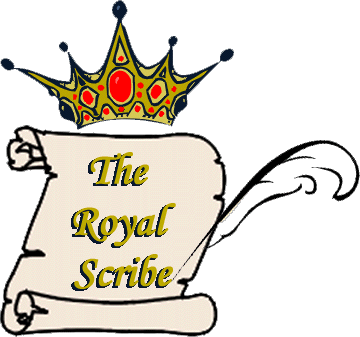 The Unofficial British Royal
Family Pages
The Unofficial British Royal
Family Pages


Monday 31 May 2004 Britain's Queen of SpainIt’s lucky for the newly wed Prince and
Princess of Asturias that their wedding took place in this century; otherwise, it might
not have been so prestigiously hailed as On May 31st, 1906, the late Queen
Victoria’s youngest granddaughter, Princess Victoria Eug�nie of Battenberg, married
King Alfonso XIII of Spain in a lavish ceremony in Madrid. The new queen consort of King since birth, Alfonso began ruling in his own
right in 1902 at the age of 16. By 19, he was searching for a suitable bride, and accepted
help from By most accounts, Alfonso was instantly attracted
to the lovely, fair-haired 17-year-old princess and she to him. The sparks flew and the
couple was officially engaged by January 1906, despite objections and even a caution by
King Edward himself. Aware that the female descendants of Queen On the Spanish side, Alfonso’s mother, Queen
Maria Cristina – born an archduchess of But if love conquers all, it certainly conquered
the impediments faced by Alfonso and Ena in their bid to marry. On After making the groom wait for more than half an
hour, Princess Ena finally arrived at the church to the sound of the British national
anthem, looking resplendent in a magnificent gown and a tiara that is now the most
valuable jewel in the Spanish royal family’s collection. Her arrival hailed the
ushering in of a new era for the Following the ceremony, the King and Queen were
leading the royal procession to the palace when an anarchist threw a bomb hidden in a
bouquet of flowers directly at their carriage. The bomb bounced off the carriage and
exploded nearby, but, miraculously, neither Alfonso nor Ena was hurt, although certain
accounts state that Ena’s dress was splattered with the blood of a guard riding next
to the carriage. Some 28 people died as a result of the explosion and many considered the
event a bad omen for both the marriage and the country. Sadly, it wouldn’t take long
for the prediction to come to fruition. But before that could happen, Ena did much to
change the face of the Spanish monarchy and culture. In addition to infusing the Court
with much needed youth and vitality, she introduced During his circumcision, the infant prince’s
excessive bleeding led doctors to diagnose him with the dreaded hemophilia. Despite his
previous dismissal of Edward VII’s warning, King Alfonso openly blamed his wife and
took the view that she had deceived him. He began a long career of infidelities and the
marriage deteriorated further when a second son born in 1908 became deaf, a third was
stillborn in 1910, and a fifth in 1914 was also discovered to be a hemophiliac. Only their
fourth son, Juan – who eventually became heir to the throne – and two daughters
were healthy. Perhaps marred by personal disappointments, King
Alfonso’s political choices proved to be disastrous for both the monarchy, weakened
by the specter of hemophilia, and the country, which was already on the path to
revolution. Matters came to a head in 1931 when the The exiled family was reunited in One of Ena’s last acts before she died was to
return to Until next week, - Tori Van Orden |
Previous Royal Scribe columns can be found in the archive


This page and its contents are �2006 Copyright by Geraldine Voost and may not be
reproduced without the authors permission. The 'Royal Scribe' column is �2005 Copyright by Tori Van Orden Mart�nez who
has kindly given permission for it to be displayed on this website.
This page was last updated on: Sunday, 29-Aug-2004 20:54:47 CEST